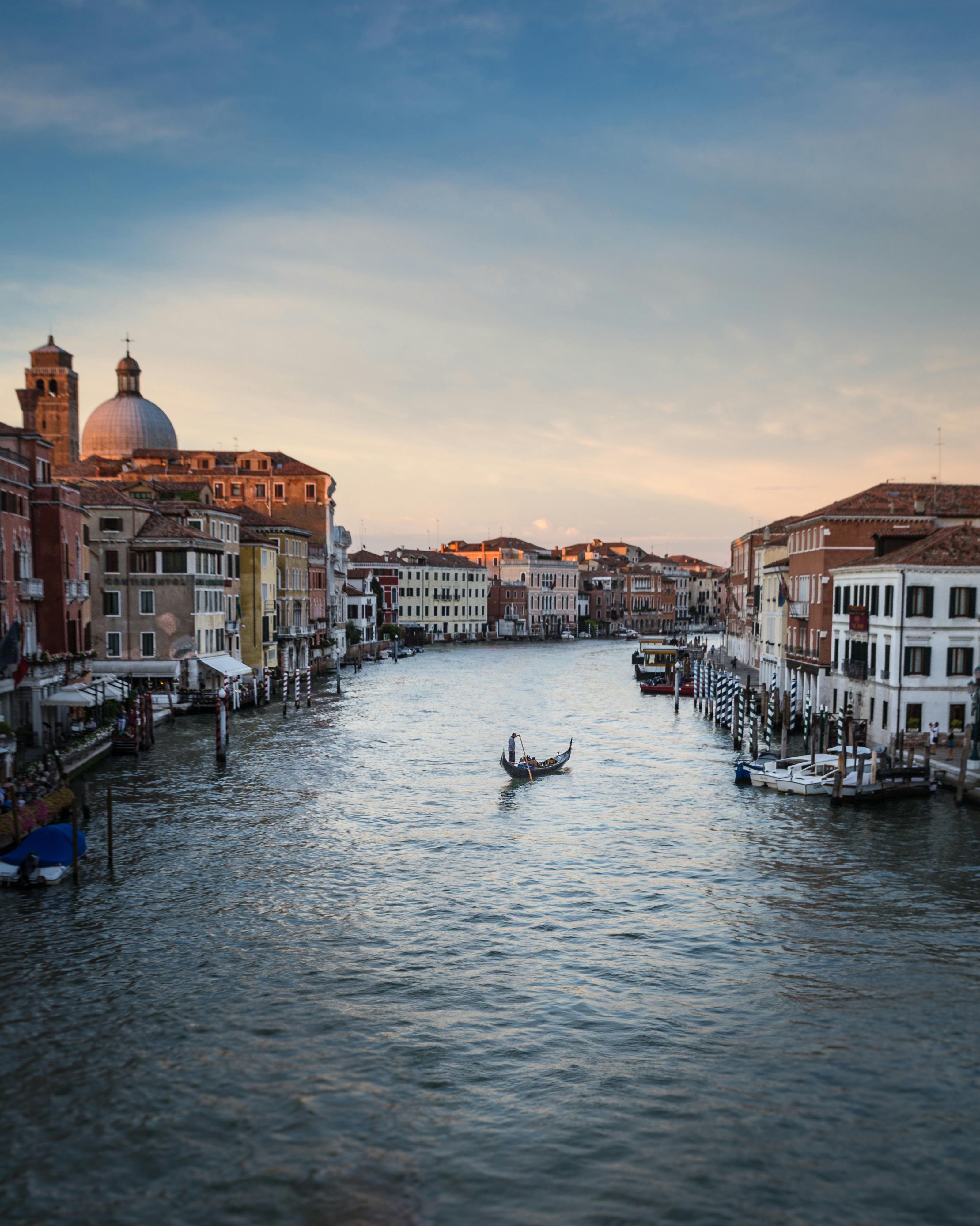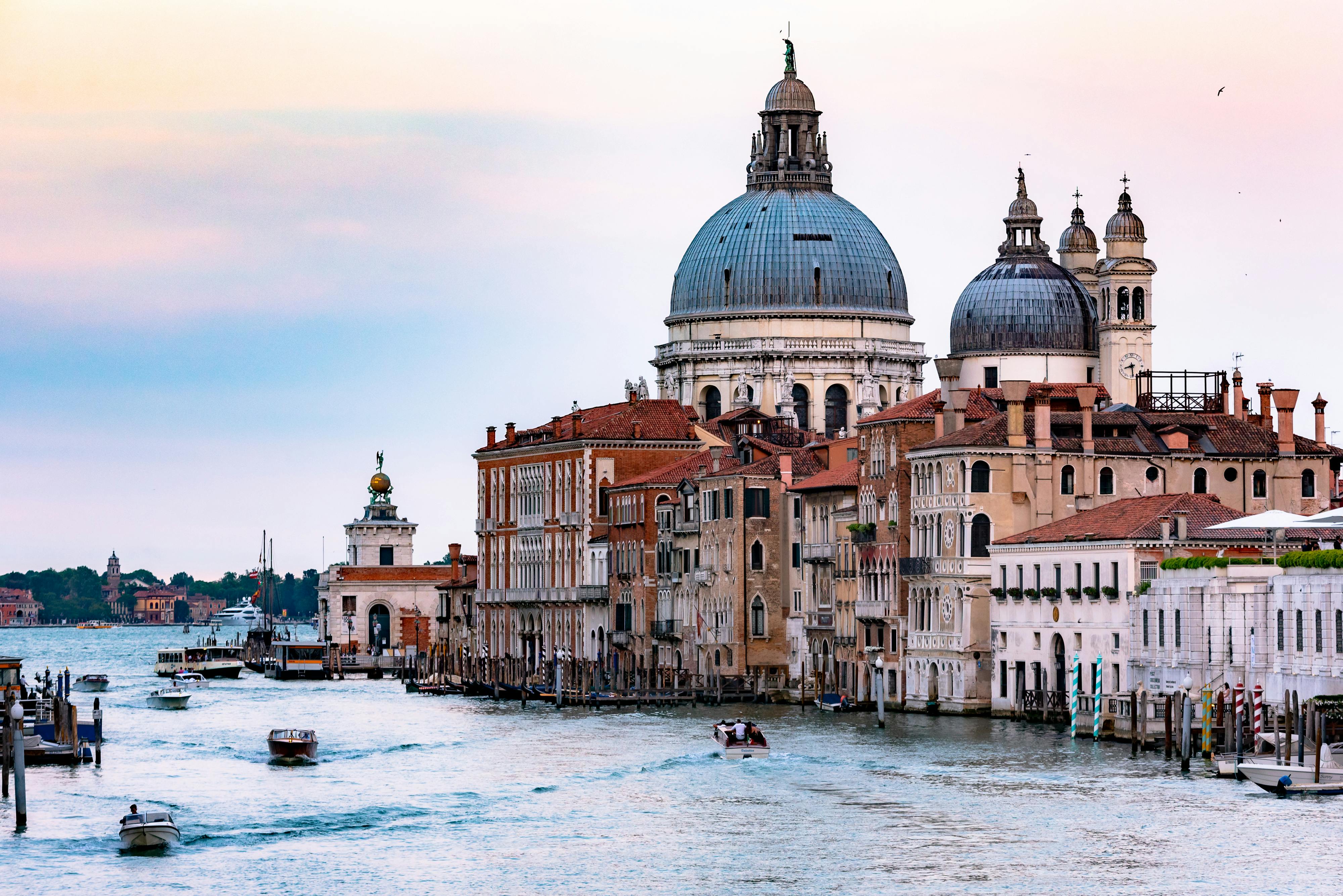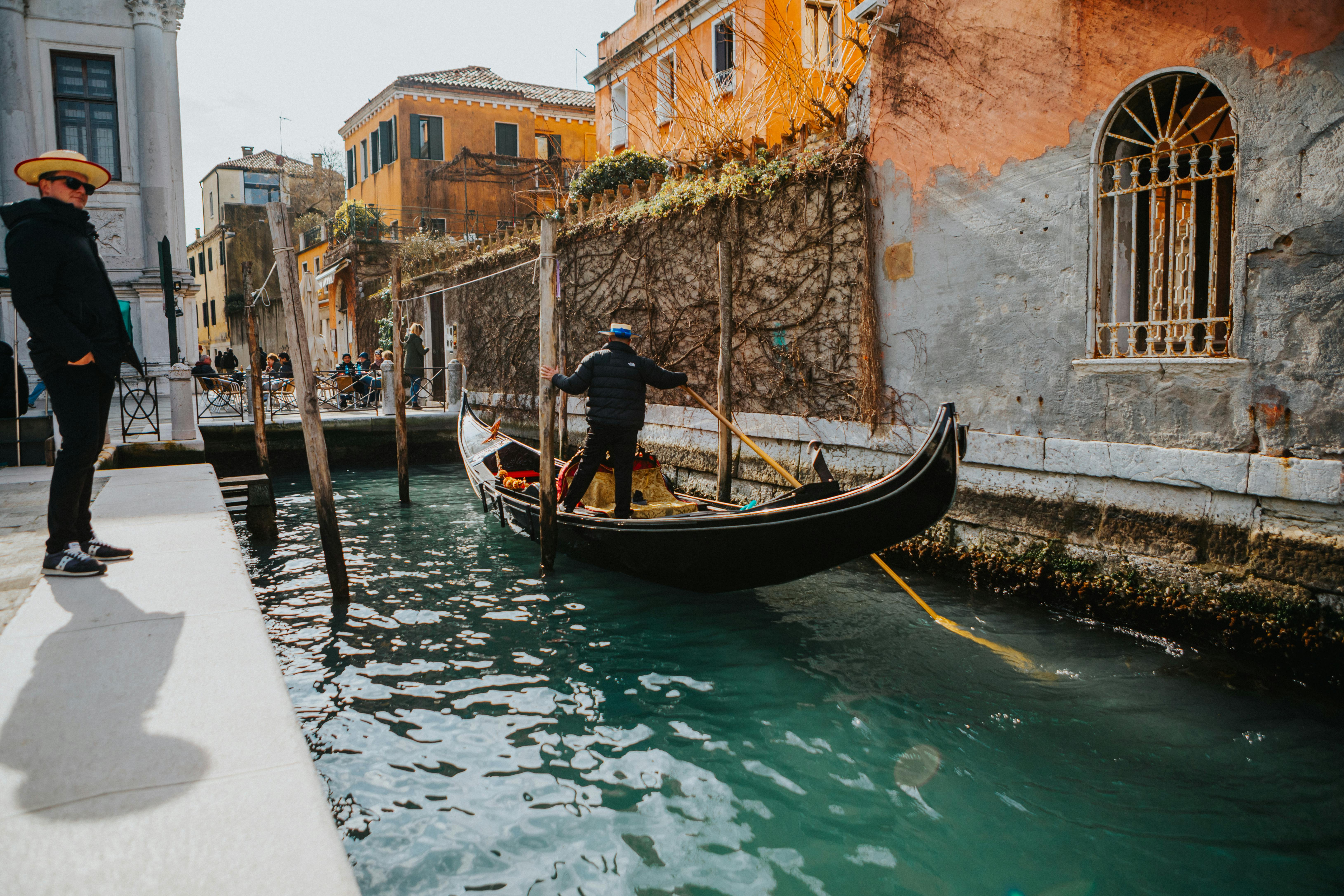If you listen closely beneath the whisper of the waves and the soft splash of gondolas, Venice still tells its story.
It’s a story that begins not on solid ground, but on water, in a place where few thought a city could ever rise. Yet here it is, shimmering like a dream, floating between sea and sky, a living museum of resilience, art, and survival. Today, you can explore its beauty without stepping onto a plane through the magic of virtual travel, where every click becomes a ripple through history.
A Virtual Stroll Through Time
You don’t have to ride a gondola to feel Venice’s spirit. Take a virtual trip to Venice and you can drift through its canals without leaving home:
- Glide down the Grand Canal, past palaces that shimmer like reflections of history.
- Step inside St. Mark’s Basilica, where every tile glows like sunlight trapped in glass.
- Stand in Piazza San Marco at dawn, when the light turns the water gold and the city feels suspended in time.
- Listen to church bells echo over the lagoon, mixing with the distant call of seagulls.

The City That Shouldn’t Exist
Long before the marble palaces and glittering domes, there was only water a marshy lagoon on the northeastern coast of Italy, where the Adriatic Sea kissed the mainland. It was a land no one wanted to live in: unstable, swampy, and mosquito-filled.
But history has a way of reshaping necessity into destiny. Around the 5th century CE, as the Roman Empire crumbled and invaders swept through northern Italy, people fled to the safety of the Venetian Lagoon. They escaped from cities like Padua, Aquileia, and Altinum, seeking refuge on small, muddy islands surrounded by water.
There, they found safety not from walls or armies, but from the sea itself. The marshes became their fortress. In a world collapsing into chaos, these refugees built something extraordinary: a city that seemed to defy the elements themselves.
Foundations of Faith and Ingenuity

Venice’s earliest settlers didn’t have much just wood, determination, and an unshakable belief that survival was possible. To build on water, they developed a method as ingenious as it was improbable: driving wooden piles deep into the clay beneath the lagoon, forming solid foundations that could support buildings. Over time, the wood petrified underwater, preserved by the lack of oxygen.
What rose from those foundations wasn’t just a town, it was a statement: We will not be conquered. We will adapt. By the 7th century, the community had chosen its first leader, a Doge (meaning “duke”), marking the beginning of the Venetian Republic, a unique blend of democracy, aristocracy, and maritime power that would last for over a thousand years.
The Bridge Between Worlds
As Europe struggled through the Middle Ages, Venice found its strength at sea.
It sat perfectly positioned, between East and West, between Byzantium and Rome, between the spice routes and the silk roads. The Venetians became renowned traders, shipbuilders, and diplomats, transforming their watery homeland into the beating heart of Mediterranean commerce.
From their docks, ships sailed laden with spices from India, silk from China, and glass from Murano, that fragile miracle that only the Venetians knew how to make. Wealth followed. So did art, culture, and ambition. The city blossomed into a maritime empire, ruled not by kings but by merchants, practical dreamers who built fortunes on the waves.
The City of Light and Reflection

By the Renaissance, Venice had become one of the most powerful and beautiful cities in the world. Golden mosaics glowed inside St. Mark’s Basilica, palaces shimmered along the Grand Canal, and bridges, like the Rialto, connected not just districts but worlds between water and sky, commerce and art, East and West.
Artists like Titian, Tintoretto, and Bellini captured its beauty, while explorers like Marco Polo expanded its reach across continents. Venice wasn’t just a city; it was a reflection of human creativity, both fragile and fearless. Even its decay became art. As the centuries passed and empires rose elsewhere, Venice remained suspended between memory and modernity, between salt and silence.
The Floating Lesson

Venice’s story isn’t just about architecture or trade. It’s about endurance. It’s about what happens when people refuse to surrender to their circumstances, even when the ground beneath them, quite literally, isn’t solid.
The same spirit that drove those early refugees still lingers in the air today. You can feel it in the resilience of its people, in the preservation of its art, in the quiet courage of a city that continues to rise from the water every single day.
Venice was built not because it was easy, but because it was necessary. And in that necessity, it found beauty. So, as you glide virtually through its canals, remember: Venice is more than a destination. It’s a reminder that the impossible can float — if only you believe long enough.

